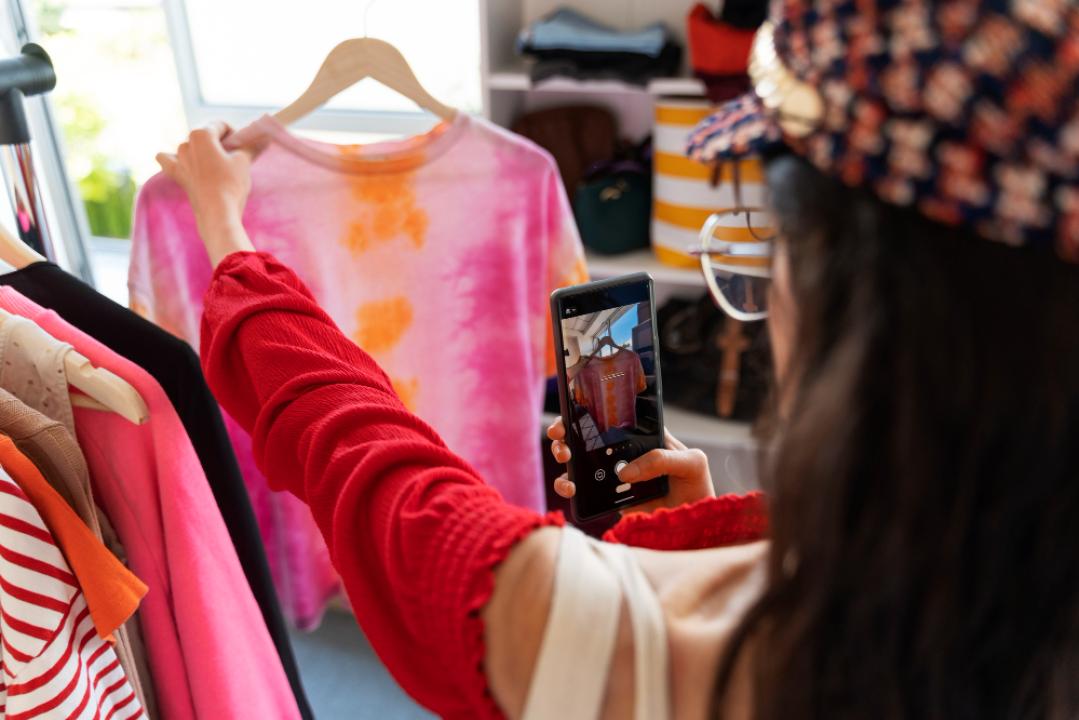Live shopping has transformed e-commerce, combining the thrill of live entertainment with the convenience of online shopping. Unlike static e-commerce, live shopping is immediate, engaging, and fleeting, creating a sense of urgency that drives viewers to act quickly. This ephemeral quality lies at the heart of its magic, making it a powerful tool for brands to connect with audiences and boost sales.
What Makes Live Shopping Magical?
1. Real-Time Interaction
The live format enables consumers to ask questions, share feedback, and interact with hosts in real-time. This immediacy fosters trust and builds a sense of community.
2. FOMO (Fear of Missing Out)
Live shopping thrives on urgency. Limited time offers, exclusive product launches, and flash sales capitalize on FOMO, encouraging impulsive purchases.
3. Entertainment Meets Commerce
With charismatic hosts, storytelling, and dynamic demonstrations, live shopping is as much about entertainment as it is about selling. It’s a digital extension of the in-store experience, made accessible to everyone.
4. The Power of Authenticity
The unscripted, real-time nature of live shopping feels authentic, helping brands connect with audiences on a personal level.
The Role of Technology in Live Shopping
Livestream Selling Platforms
Platforms like Instagram Live, TikTok Shop, and Shopify live streaming have made it easier for brands to showcase products and interact with global audiences. These platforms integrate live video, chat, and shopping features seamlessly.
Live Video Shopping Apps
Apps dedicated to live shopping, such as Mylivecart or NTWRK, offer robust tools for hosting live events. These tools include analytics, payment gateways, and audience management.
Interactive Features
Polls, live chat, and clickable links enhance engagement, turning passive viewers into active participants.
Benefits of Live Shopping
1. Increased Engagement
Live shopping events capture attention, with viewers spending an average of 20 minutes watching streams.
2. Higher Conversion Rates
The combination of urgency and interaction leads to conversion rates that are often 10 times higher than traditional e-commerce.
3. Community Building
Live shopping creates a shared experience, fostering brand loyalty and repeat customers.
4. Global Reach
With live video shopping platforms, brands can connect with international audiences, transcending geographical limitations.
Strategies for Successful Live Shopping
1. Choose the Right Host
A charismatic, knowledgeable host can make or break a live shopping event. The host should be able to engage audiences and showcase products effectively.
2. Time It Right
Schedule live events when your target audience is most active. For global brands, consider hosting multiple sessions to accommodate different time zones.
3. Promote Your Event
Use email campaigns, social media posts, and website banners to create buzz. Collaborate with influencers to expand your reach.
4. Create Exclusive Offers
Incentivize participation with limited-time discounts, free gifts, or early access to new products.
5. Use the Right Platform
Select a live shopping platform that aligns with your goals. For example, Shopify integrates live shopping seamlessly into its ecosystem, making it ideal for e-commerce brands.
Challenges in Live Shopping
1. Technical Glitches
Unstable internet connections or platform issues can disrupt live events. Testing equipment and connections beforehand is crucial.
2. Audience Engagement
Keeping viewers engaged requires skilled hosts, compelling content, and interactive elements.
3. Competition
The popularity of live shopping means more brands are vying for attention. Differentiating your brand with unique experiences is essential.
The Future of Live Shopping
The rise of livestream shopping platforms and advancements in technology will continue to shape live shopping’s trajectory. Features like augmented reality (AR) for virtual try-ons, AI-driven personalization, and integration with social media will make live shopping even more immersive and engaging.
Additionally, as live shopping gains traction in the U.S., brands are exploring new ways to connect with audiences. In 2023, the U.S. live commerce market was valued at $20 billion and is projected to grow significantly in the coming years.
Conclusion
Live shopping is more than a trend—it’s a dynamic shift in how brands and consumers connect. Its blend of real-time interaction, entertainment, and urgency creates an experience that feels personal and exciting. For brands willing to embrace this ephemeral magic, live shopping offers an unparalleled opportunity to drive sales and build lasting customer relationships.

